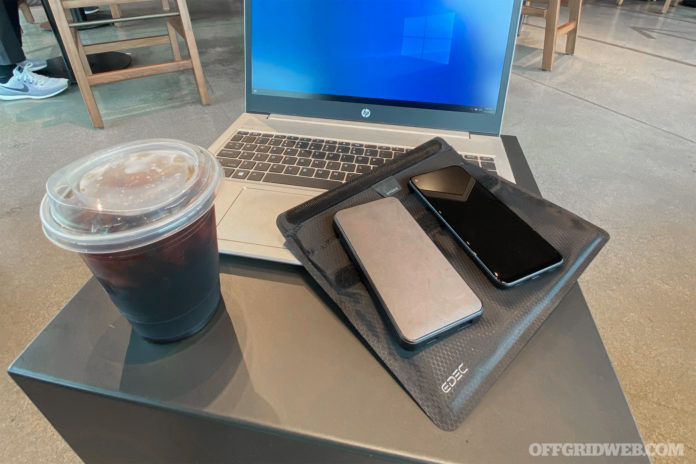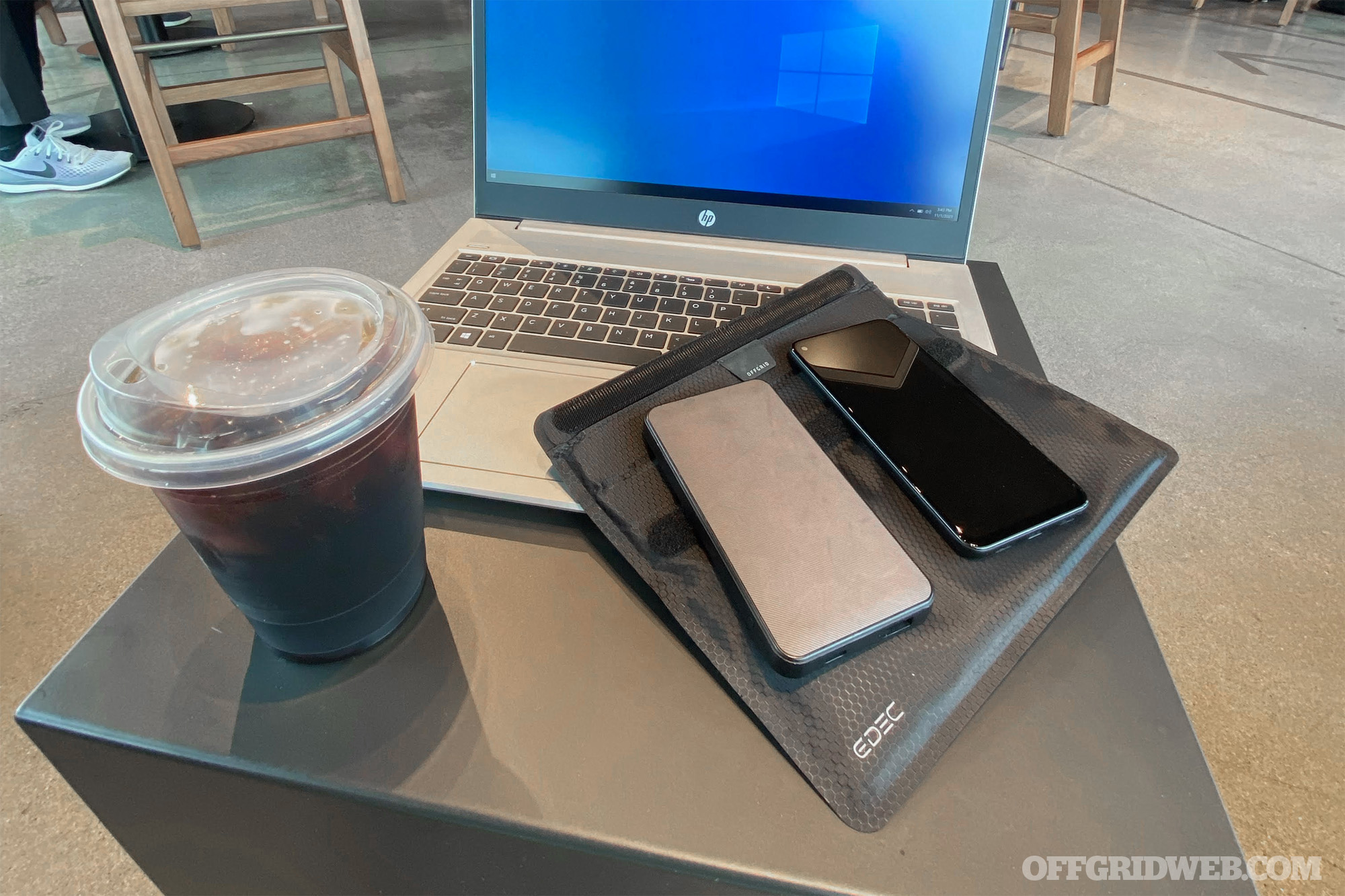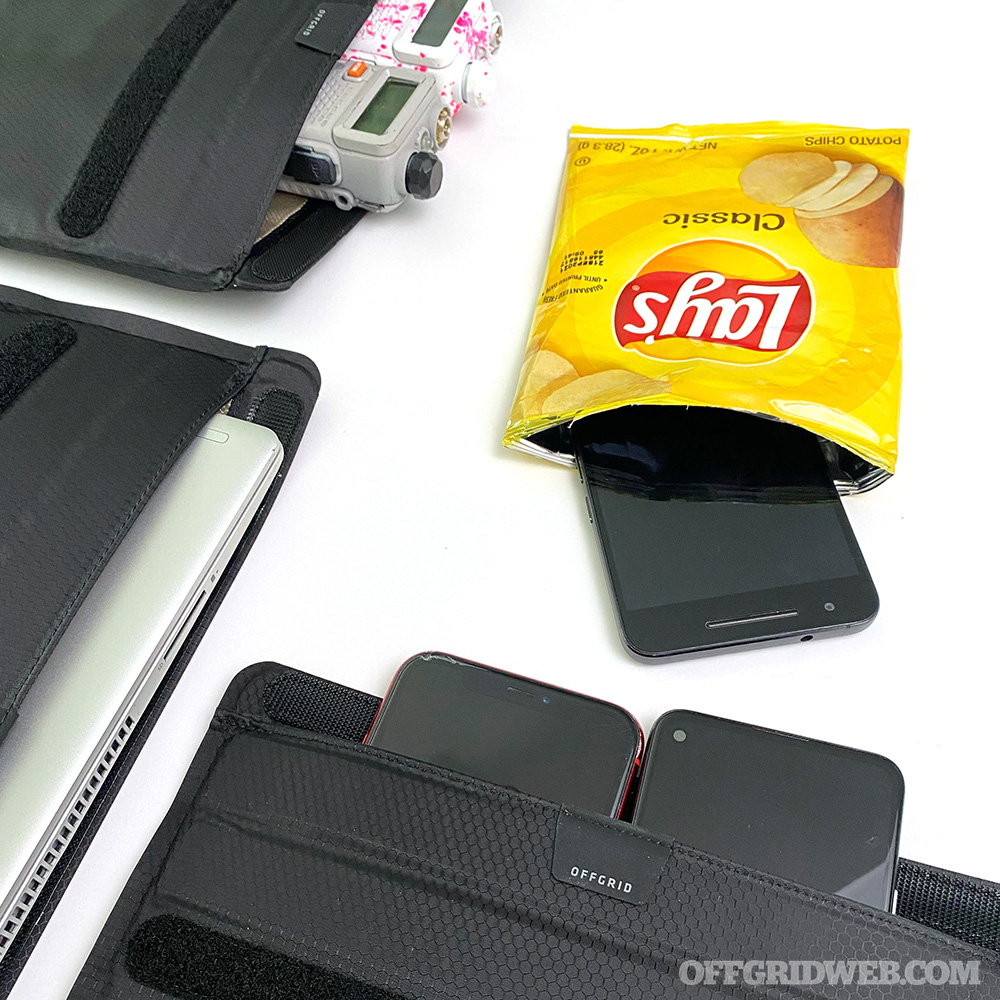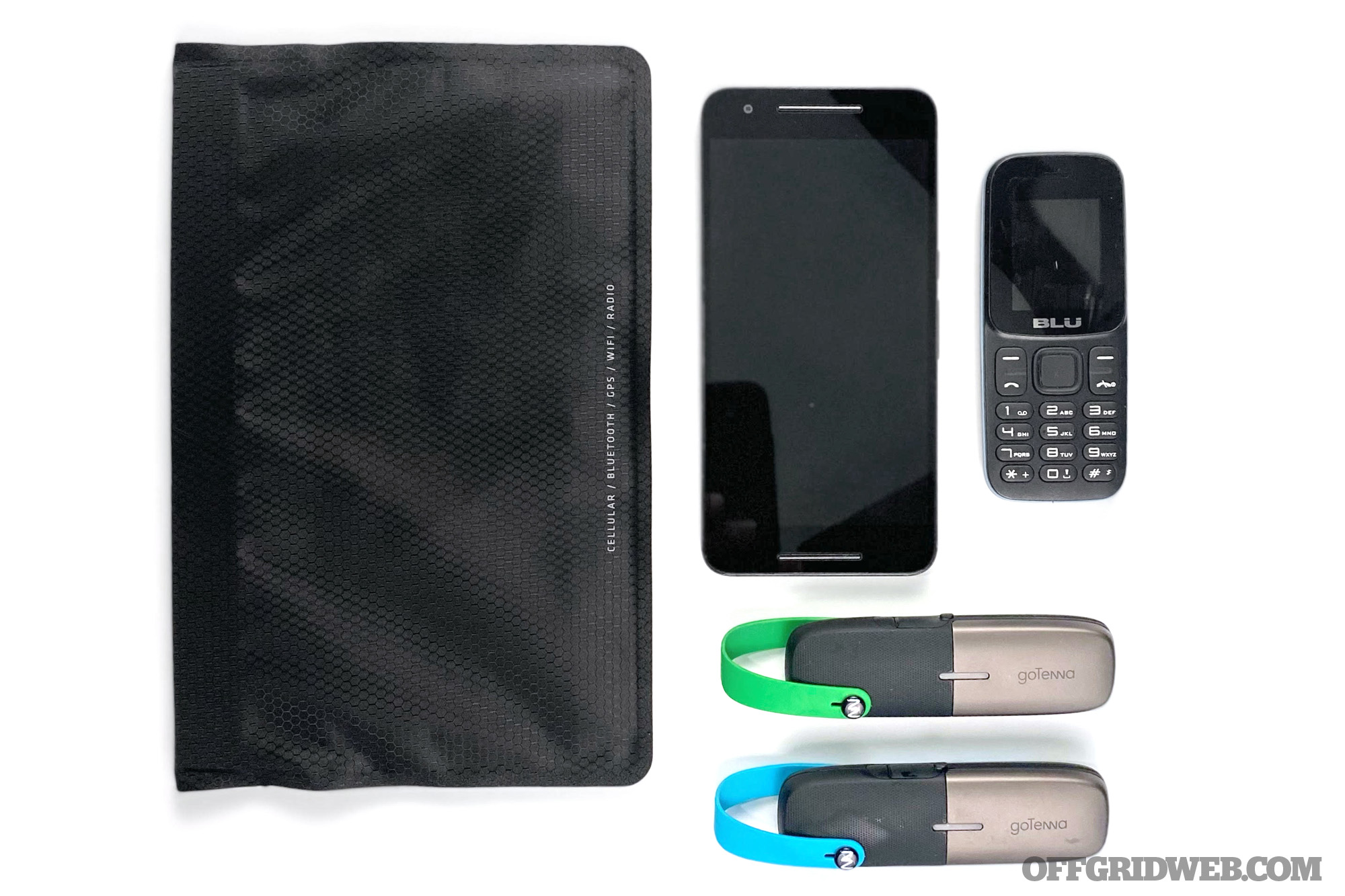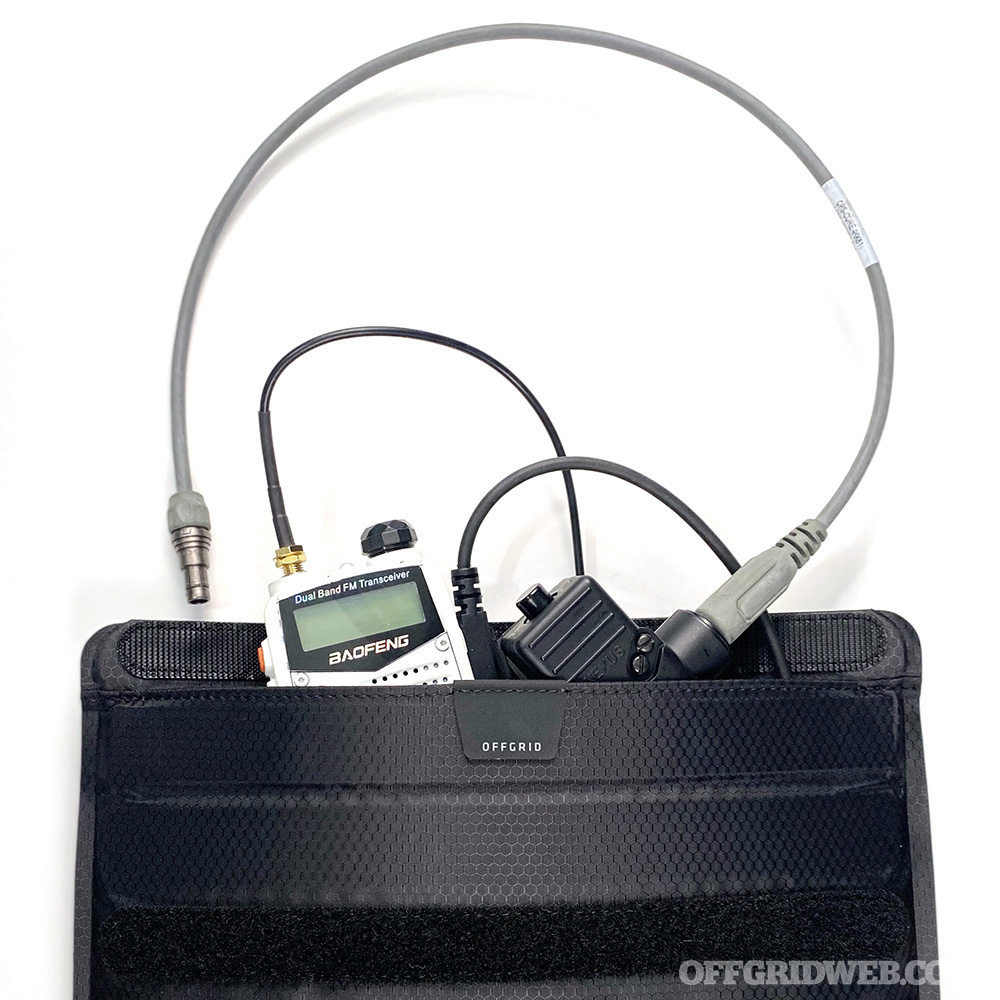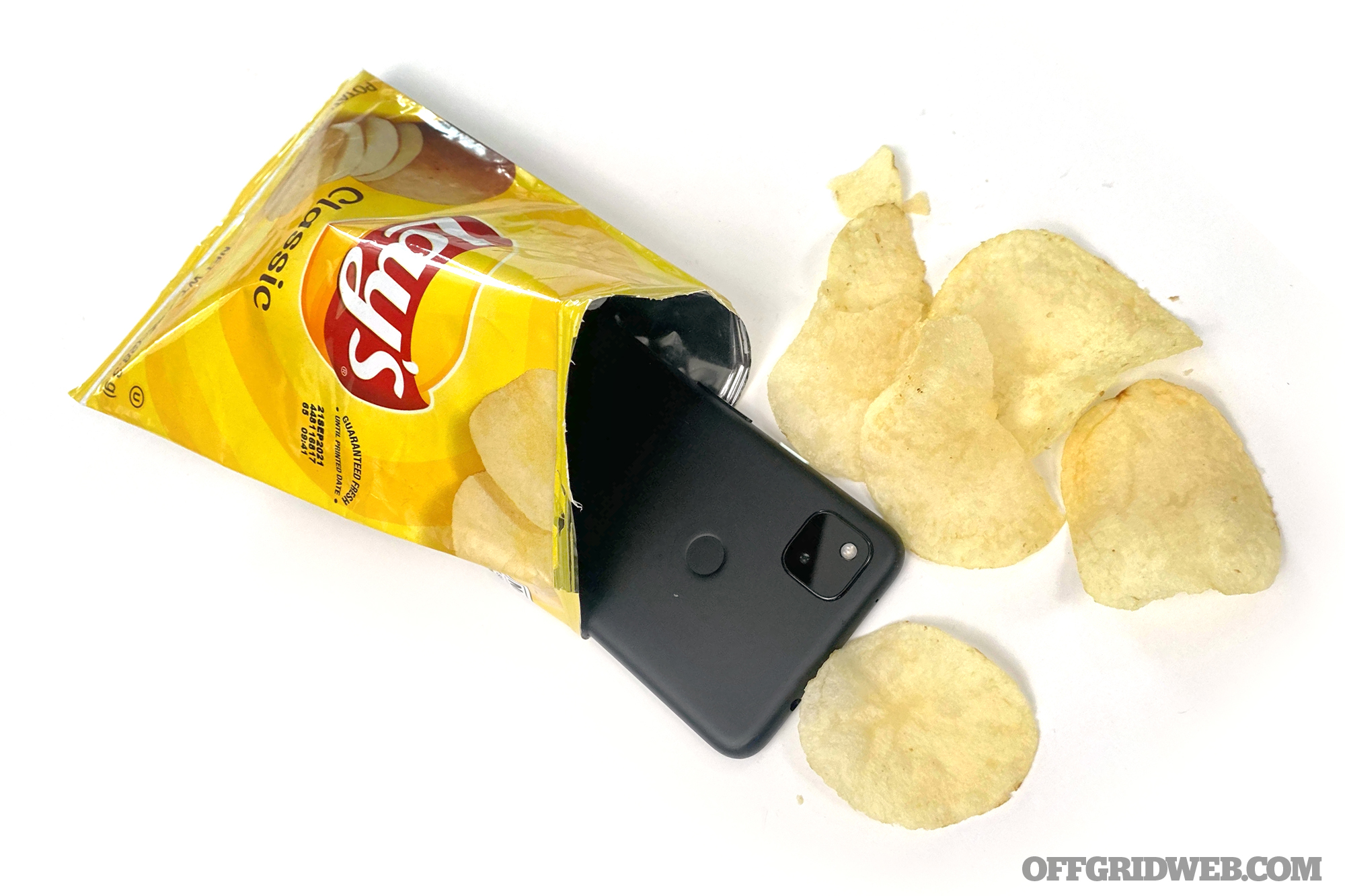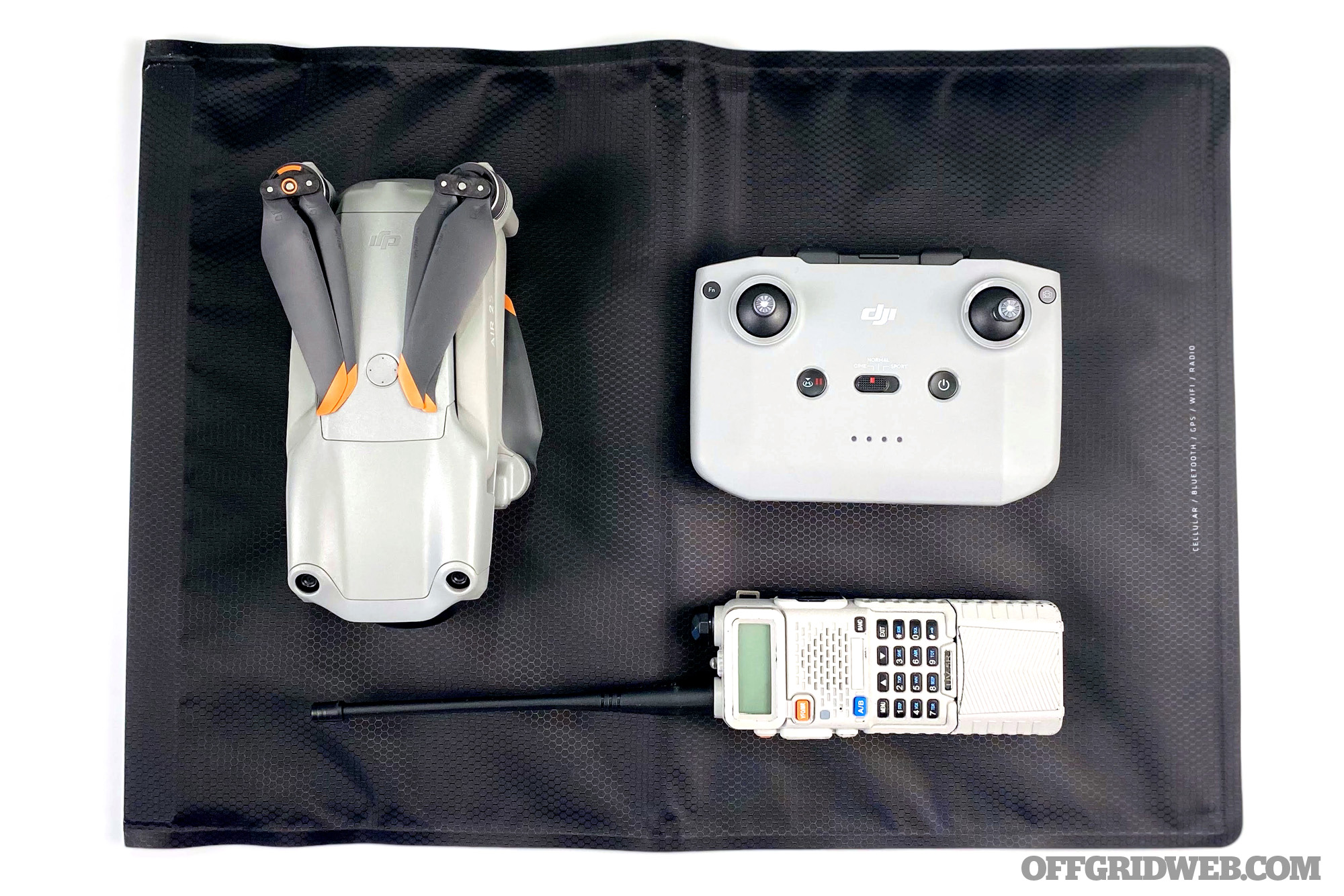English scientist Michael Faraday’s instrumental work with electricity in the early 1800s led to discoveries in creating the first electrical generator, rubber balloons, and of course the Faraday cage. Early in his research career, he worked for Sir Humphry Davy, the chemist responsible for using electrolysis to isolate many elements for the first time. These were the pioneers of research into metals, chemistry, and electricity. Albert Einstein was even said to have kept a portrait of Faraday on the wall of his study — such was his importance within his field.
Out of necessity, since scientists were known for injuring and killing themselves during experiments in this era, the first Faraday cage was constructed in 1836 to keep Michael safe. In this “test lab,” he proved there was no electrical charge present when voltage was discharged to strike the outside of the cage.
Today, Faraday’s experiment has shaped how we keep ourselves protected from harmful microwaves while reheating our favorite frozen meal or cup of noodles. Can your microwave act as a Faraday cage or protect items from an EMP attack? No, not really. Microwaves are designed to keep non-ionizing radio waves that heat your food inside and prevent that radiation from leaking out. However, Faraday bags and cages are designed to provide more complete, leak-proof shielding.
The Basics of Faraday Bags
Faraday cages can block various types of signals from communicating with electronic devices, including RFID, FM radio, GPS, cellular, Bluetooth, and Wi-Fi — each has its own vulnerabilities, and the protection from threats can range from hacking to EMP attacks. Faraday bags offer the same benefits of rigid cages, but in a slimmer and more flexible format.
For many people, the threat of losing the ability to communicate with others immediately following any type of attack will warrant various forms of preparation. Pulling your cell phone out of the faraday bag immediately after any type of attack doesn’t guarantee you will have a device that’s capable of communicating with anyone. The cell and power grid could potentially have their own issues following an attack. There’s a very strong assumption that cell towers could be overloaded with traffic as well. Boston Marathon attendees experienced this failure immediately following the bombing in 2013, as did most of New York City on 9/11.
Keeping your phone or laptop data safe from cyber criminals would also be an effective use case for Faraday bags. Blocking all wireless connectivity surely keeps hackers at bay — until, of course, you want to actually use your device. Removing it from its secure storage to make or receive a call or send a text/email immediately opens the vulnerability pipeline, and leaves you open to attacks and unwanted visibility.
Above: From tin-foil wrap to snack bags to purpose-built bags, there are a number of ways to protect your devices from wireless signals.
For law enforcement, a faraday bag can prevent someone from remotely wiping a phone once it’s in custody. For criminals, a Faraday bag can block your ability to track/wipe your device if lost or stolen. The best protection is to avoid keeping any sensitive data on a portable device that would be easy to lose.
In a true disaster scenario, it would be effective to keep a radio (HAM or FRS) in a faraday bag and limit your communication window to a predetermined time of day. Don’t forget about the potential for a secondary EMP attack/blast.
Uses for Faraday Bags
Here are some of the many ways you can use purpose-built or DIY faraday bags to protect your sensitive electronics and data:
- Prevent devices from being tracked by GPS or third-party apps
- Block hackers from wirelessly accessing your devices
- Insulate devices from signal interference or EMPs
- Go off-grid by instantly disabling all incoming calls and texts to your cell phone
- Shield your car key fob to temporarily shut off keyless entry/ignition
- Protect RFID cards from replication attacks (credit/debit cards, hotel keys, door access keys)
EDEC OffGrid Series Faraday Bags
Above: The EDEC OffGrid bags come in various sizes to shield an array of different devices.
With all this in mind, we did some testing on the OffGrid Series of Faraday bags produced by EDEC (not affiliated with OFFGRID magazine, the shared name is a coincidence). Most other faraday bag companies put two sheets of faraday material in their bags and call it “multi-layered.” Faraday fabric is expensive but skimping on material can lead to reduced effectiveness and lower durability. The EDEC OffGrid bags are lined with four layers of faraday material to provide ultimate shielding. The innermost layer is “diamond-grade” faraday fabric, which is extra-durable to prevent scratches when inserting or removing devices from the bag. This ensures the longevity of the product.
Specifications
OffGrid Faraday Bag by EDEC Digital Forensics
Sizes
Key Fob (4” x 6.9”) / Mobile (8” x 9.4”) / Tablet (8.6” x 14”) / Laptop (13.4” x 20.8”)
Colors
Black, Gray
MSRP
$25 to $130
URL
offgrid.co
The bag is constructed of lightweight ripstop fabric that’s sleek and water-resistant. It also gives the material a sporty, fashionable look, if that’s a shopping point for you. Said ripstop is held together with thermo-welded seams, because traditional stitching can risk a signal leak. The closure mechanism is a combination of magnets and Velcro designed to keep the opening securely folded shut. This reduces the risk of gaps in the faraday material that could lead to “leaks.”
In order to gauge the capabilities of the EDEC bag, we compared it to our own improvised faraday bags, made of hand-wrapped aluminum foil and potato chip bags. Both have been shown in movies and on TV as signal blockers. They’re easy to source in any grocery store or gas station bodega but can be effective ways to quickly provide some signal blocking. These options should be considered a “last resort” if shielding is important to you.
Faraday Bag Testing Procedure & Results
We checked the EDEC bags and DIY Faraday bags with six types of frequencies to ensure proper signal-blocking: RFID, FM radio, GPS, cellular, Bluetooth, and Wi-Fi. An Apple iPhone and Google Pixel 4a were used in addition to a portable radio. A Proxmark 3 RDV4 device was also used for RFID testing on a hotel card and ATM debit Mastercard.
Above: While foil chip bags aren’t totally ineffective, they’re far from ideal.
The EDEC Faraday Bag passed our tests with flying colors, providing complete shielding against all six signal types.
As for the DIY folded foil method, we found that three layers needed to be folded around the device to provide adequate Wi-Fi signal blocking. We accomplished this by using one large sheet to wrap all the way around the device, with all overhang layers folded over onto themselves. Doing this three times is key to getting the correct seal.
A foil-lined chip bag was capable of blocking cellular and GPS signals, but Wi-Fi was able to penetrate the bag’s shielding. Two folds and a chip clip worked well to block out the cellular and GPS Signals. Multiple bags would likely work as well as multiple layers of regular foil, but unless you eat a lot of potato chips in various bag sizes, that’s probably not a practical solution.
Closing Thoughts
Finding new ways to use old technology will always captivate our attention. Our goal is to explore various scenarios and find the most effective way to use the technology available to us. Faraday bags aren’t a new concept by any means, but their relevance has only increased in this era of 24/7 wireless connectivity. When you need to ensure you’re off the grid, it’s helpful to use a DIY or off-the-shelf faraday bag to shield your devices.
About the Author
This article was written by SoCal Offgrid, an individual not to be confused with the EDEC OffGrid product line or the name of this magazine. He is a full-time electrical contractor who previously shared his urban communications kit Bag Drop in Issue 45. He can be found on Instagram at @socal_offgrid.
The post Faraday Bags: Testing Commercial and DIY Wireless Signal Blockers appeared first on RECOIL OFFGRID.


